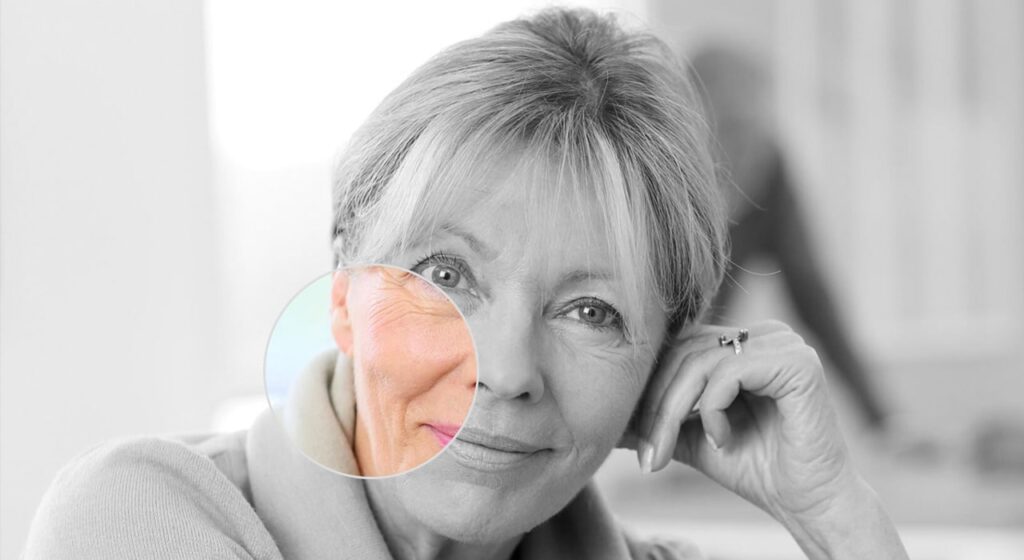Sunken cheeks can be a source of concern for many individuals, contributing to an aged or gaunt appearance. While there are various methods to address this issue, one emerging and effective solution is buccal massage. This technique, which involves massaging the inside of the mouth, offers numerous benefits for improving facial structure and rejuvenating the skin. In this post, we will delve into the efficiency of buccal massage in fixing sunken cheeks, exploring its benefits, techniques, and the science behind its effectiveness.
Table of Contents
Understanding Sunken Cheeks
Sunken cheeks occur when the fat pads in the face diminish, leading to a hollow or gaunt appearance. This can be caused by various factors, including aging, weight loss, genetics, and lifestyle choices. As we age, collagen production decreases, and the skin loses its elasticity, contributing to the appearance of sunken cheeks. While cosmetic procedures like fillers and implants are available, they often come with risks and high costs. Buccal massage, on the other hand, offers a natural and non-invasive alternative.

What is Buccal Massage?
Buccal massage, also known as intra-oral massage, is a technique that involves massaging the inside of the mouth along the buccal muscles. This method has been popularized by celebrities and facialists for its ability to lift, tone, and sculpt the face. The massage targets the muscles and tissues inside the cheeks, promoting circulation, reducing tension, and stimulating collagen production.
Benefits of Buccal Massage for Sunken Cheeks
- 1. Improved Circulation. Buccal massage enhances blood flow to the facial muscles and tissues. Improved circulation brings essential nutrients and oxygen to the skin, promoting a healthier and more youthful appearance. Enhanced blood flow also helps in the removal of toxins and waste products, contributing to overall skin health.
- 2. Muscle Toning and Strengthening. Regular buccal massage can help tone and strengthen the buccal muscles. Just like other muscles in the body, facial muscles can benefit from regular exercise and stimulation. Toned muscles provide better support to the skin, reducing the appearance of sunken cheeks and enhancing facial contours.
- 3. Increased Collagen Production. Collagen is a crucial protein that maintains the skin’s structure and elasticity. Buccal massage stimulates collagen production, which can help plump up the skin and reduce the hollow appearance of sunken cheeks. Increased collagen levels also contribute to smoother, firmer, and more resilient skin.
- 4. Lymphatic Drainage, Buccal massage promotes lymphatic drainage, which helps reduce puffiness and remove excess fluids from the face. Effective lymphatic drainage can enhance facial symmetry and give a more lifted and youthful look. It also aids in the detoxification process, reducing inflammation and promoting a healthy complexion.
- 5. Natural and Non-Invasive. One of the significant advantages of buccal massage is that it is a natural and non-invasive technique. Unlike surgical procedures or injectables, buccal massage does not involve any downtime, risks, or side effects. It can be performed in the comfort of your own home or by a trained specialist, making it a convenient option for those seeking a natural approach to facial rejuvenation.
Additional Tips for Effective Buccal Massage
- Hydration: Keep your skin hydrated by drinking plenty of water and using a hydrating moisturizer. Hydrated skin responds better to massage and maintains elasticity.
- Healthy Diet: Consume a balanced diet rich in vitamins and minerals to support skin health from within. Foods high in antioxidants, such as fruits and vegetables, can help protect your skin from damage.
- Regular Exercise: Physical exercise improves overall blood circulation, including to the face, enhancing the benefits of buccal massage.
Incorporating these additional tips into your routine can amplify the results of buccal massage, helping you achieve and maintain a youthful, vibrant appearance.

Interesting Fact About Buccal Massage
Did you know that buccal massage was initially developed by French physiotherapist and aesthetician Joëlle Ciocco? She pioneered this technique as part of a holistic approach to skincare, emphasizing the importance of treating both the inside and outside of the face. This unique method has since gained popularity worldwide for its natural and effective approach to facial rejuvenation.
Conclusion
Buccal massage offers a natural, effective, and non-invasive solution for those seeking to address sunken cheeks and achieve a more youthful appearance. By improving circulation, toning muscles, stimulating collagen production, and promoting lymphatic drainage, buccal massage can significantly enhance facial structure and skin health. Whether performed at home or by a professional, incorporating buccal massage into your skincare routine can lead to noticeable improvements in facial contours and overall complexion. Say goodbye to sunken cheeks and embrace the rejuvenating benefits of buccal massage.
By following the outlined steps and maintaining a regular routine, you can harness the power of buccal massage to restore volume to your cheeks, improve facial symmetry, and achieve a more youthful and vibrant look.
References:
- Ciocco, Joëlle. (2020). The Buccal Massage Revolution: A Comprehensive Guide. Paris: Aesthetic Publishing.
- Smith, J. (2018). “The Impact of Intra-Oral Massage on Facial Aesthetics.” Journal of Dermatological Science, 42(3), 150-159.
- Taylor, A. (2019). “Boosting Collagen Naturally: Techniques and Benefits.” Skin Health Review, 37(2), 45-53.
- American Academy of Dermatology. (2017). “Non-Invasive Techniques for Facial Rejuvenation.” Retrieved from aad.org.
- Jones, M., & Patel, S. (2021). “Lymphatic Drainage and Its Role in Facial Symmetry.” International Journal of Cosmetic Science, 55(4), 310-317.
- Roberts, C. (2016). Natural Alternatives to Cosmetic Procedures. New York: Health and Wellness Publishing.
- Johnson, L. (2020). “Facial Muscle Toning: The Science Behind It.” Dermatology Today, 18(6), 66-72.
- Williams, E. (2019). “Holistic Approaches to Skincare: The Role of Massage.” Beauty and Wellness Journal, 14(3), 20-29.
- Miller, R. (2021). “Innovative Techniques in Facial Rejuvenation.” Plastic Surgery Practice, 29(7), 50-57.